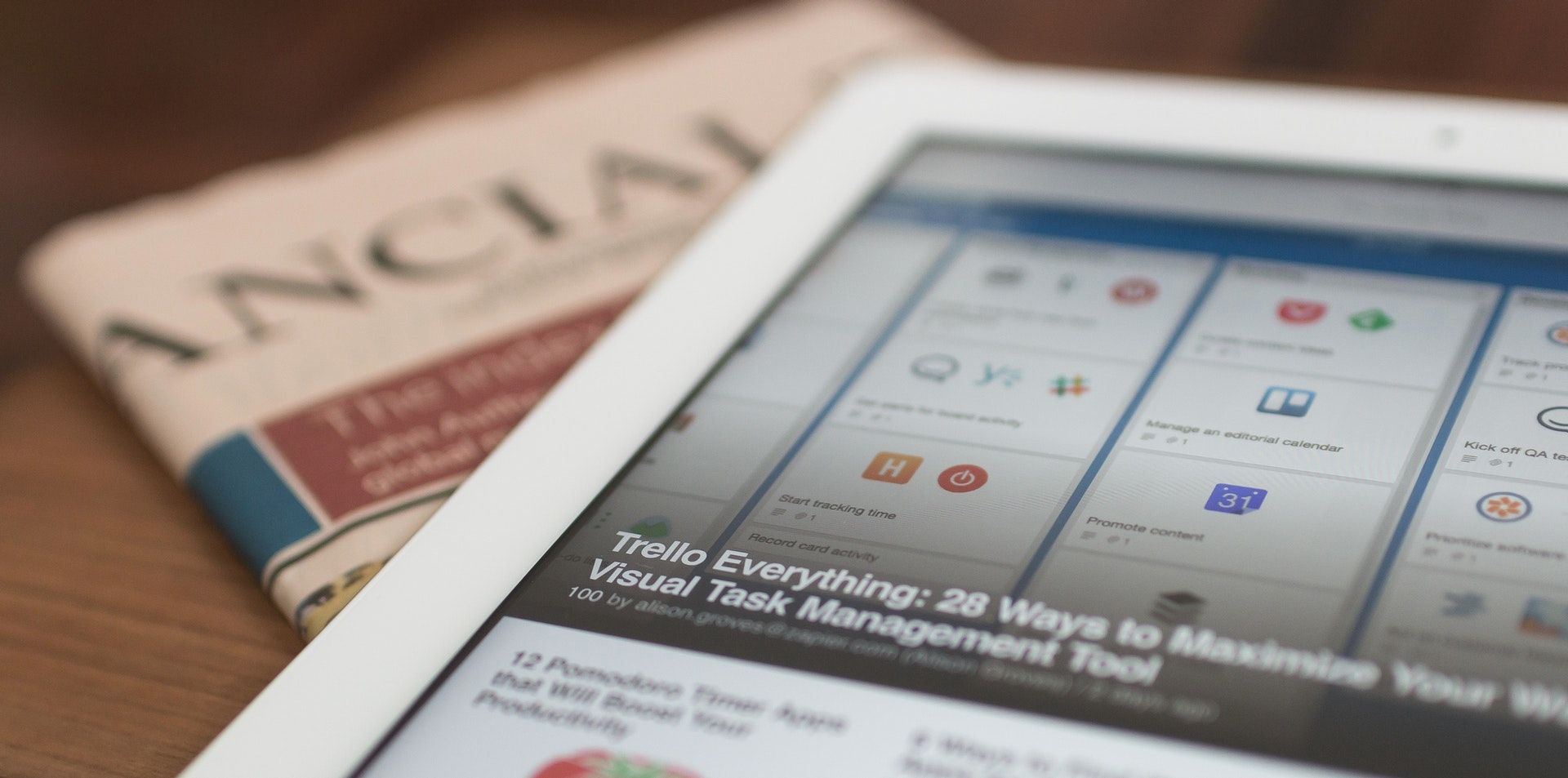
Product Development
I lead the development of a large enterprise platform from concept to launch, resulting in improved productivity by 180% and 90% of user satisfaction.
As a team lead, I managed a team of 14 including designers, engineers, copywriters, and marketing from UK, France, India, Canada, and the U.S. The project lasted 8 months in total: It took us only 4 months from concept to MVP, and another 4 months focusing on improvement and growth.
Research & Stakeholder alignment
Our users were 400,000 employees across 120+ countries, so having a solid understanding of how they access information is crucial to build a user-centered platform. I led the research team to conduct interviews and surveys, and synthesize the findings that were shared with executives later on. We also spoke to IT subject matter experts to see how different infrastructures were connected and used.
Bringing all the research data, I ran a week-long workshop with stakeholders to bring everyone on the same page. We also used this opportunity to define KPIs and desired outcomes.
Product Vision & Product Roadmap
"One stop shop for employees to access information anywhere."
Employees were struggled with jumping 7 sites on average every day to access different data, and the user experience was broken as there was no standardized information flow to find relevant information.
The goal was to create a seamless digital experience for employees that can improve both productivity and satisfaction. At the same time, the usage data should be used for personalization and helping the company to gain employee insights. A two-year roadmap with quarterly/monthly release plan was created based on desirability, viability, and feasibility.
Product Requirement Document & User Stories
The PRD was mainly focused on the MVP. From the user research, we learned several key elements that our users care about: seamless experience, access information on the go, personalized recommendations, learning opportunities, community forum, news, and events. From the IT experts, we learned that the majority of internal sites were not connected, so we have to build a channel to aggregate all the user data in order to create a centralized experience. As it requires a significant amount of time to develop an integrated backend system, we had to trim down some desired features to meet the MVP timeframe.
There are three primary objectives that this product should achieve:
With all the information on hand, I wrote user stories such and acceptance criteria:
"As a sales manager, I can find my client's information and contract history with our company."
"As a supply chain specialist, I can find training that is tailored to my growth."
Some may argue that with an Agile approach, there is no need to write a PRD. However, I still love the PRD because it helps balance the design team’s focus on usability and aesthetics against engineering’s functional concerns.The Agile approach depends on a shared understanding of the customer that is shared between the product owner, designer, and the development team. I use PRD so that the development team can focus on higher-level requirements and have ownership on designing and implementing the details. Also, I keep the PRD in a wiki so that it's constantly refreshed as we go through each iteration.

